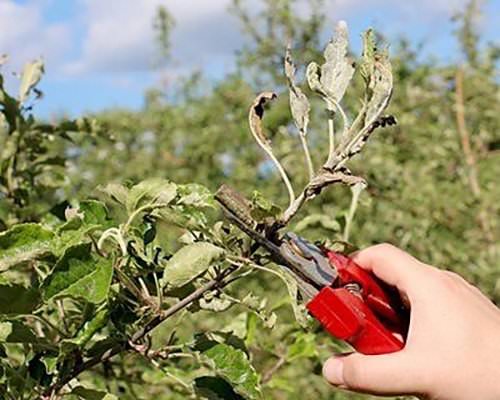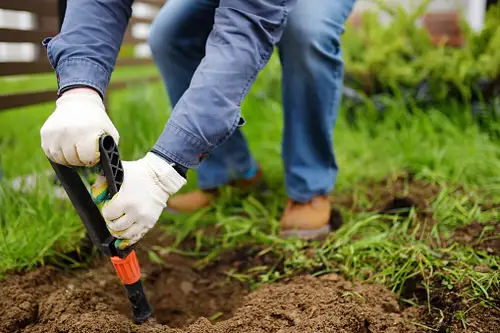Here are some valuable tips on How to Dispose of Diseased Plants Safely without causing any harm to nature and surroundings.

Watching your favorite plants get infected with diseases is not a good feeling. However, it is essential to get rid of them to save the environment and other plants. Here are the best tips on How to Dispose of Diseased Plants Safely that you can follow.
Get to know some potent ant killer recipes for your garden here!
How to Dispose of Diseased Plants and Damaged Parts?
1. Bury them Deep

One of the safest options to dispose of plant parts is to bury them deep in the soil. Pile up the damaged parts at a depth of at least 3-4 feet in the ground so that the fungus and bacteria can decompose well in the soil.
Make sure to dig the burial ground at a far-off place, as some of the harmful pests take longer to destroy and might infect other plants. Also, do not forget to disinfect all your gardening tools.
2. Burn them to Ashes

Burning the diseased plant is a good option as it destroys the deadly organisms right away. If the pile is considerably small, you may burn it in your open yard. Ensure to have a word with the authority if the accumulation exceeds the burning limits.
Note: Avoid using this method during heavy wind as it would spread the fire alarmingly. Also, do not burn toxic plants as they will spread poisonous gases.
3. Seal and Drop them in Garbage Cans

Sealing up the diseased plant parts is the handiest option as it keeps the digging and burning mess away. Make sure that you use two garbage bags to make the seal proper and tight. Put them in a trash can and secure the lid.
Why You Should Not Compost Diseased Plants?
It is always a good idea to avoid putting diseased parts of the plants in compost, as the same diseases or insects might survive in a heap and then get transferred back to other plants.
On the other hand, you can use weeds in compost without worries.
Is There Any Other Way to Use Damaged Plant Parts?
If the cuttings are not fully ruined, then you can snip away the damaged part and use them to propagate a new plant. To be on the safe side, keep them in a different pot, away from the other plants, till they develop and show no signs of diseases.


